
OR
Lumbini Province
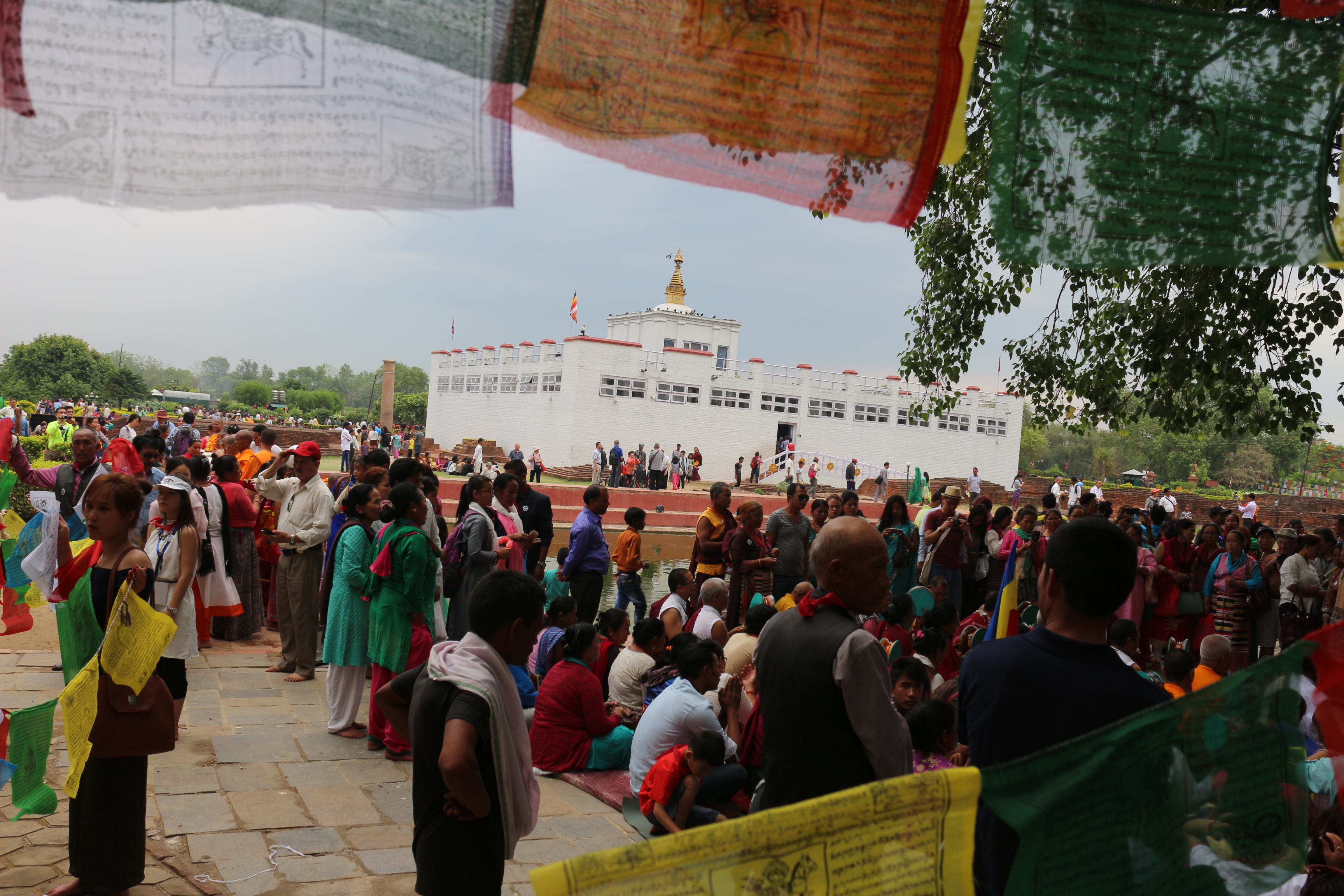
Lumbini is one of the lucky provinces that has both mountainous and plain terrains and is well connected to the southern neighbour India. It has natural resources in abundance and is also ahead in terms of industrialization. The province now needs to passionately work with a plan to achieve the goal of prosperity.
Lumbini is one of the richest of Nepal’s seven provinces in terms of resources. Bordering India in the south, the province has fertile land, forests, and important tourist destinations like Lumbini, and ethnic and geographical diversity. This has a unique combination of mountains and plains and is self-reliant in different resources including cement, a major ingredient of construction works. The raw materials — limestone and mineral mines -- required for the cement industries currently operational in the province are available in the province in abundance. Indeed, Lumbini counts as the province with the highest number of cement factories in the country. The prospects of commercial farming and animal husbandry are equally brighter in the province.
Tourism: A game changer
Lumbini has huge potential in tourism and, according to development experts, it could be a game changer for the province if tapped properly. The construction of the Gautam Buddha International Airport in Bhairahawa -- a major infrastructure for the province's tourism and economic development -- has reached its final stage. The airport, built at a cost of about Rs 30 billion including compensation given to the land owners, is just 20 kilometers away from Lumbini, the birthplace of Gautam Buddha. The influx of tourists in the province is expected to increase significantly once flights to 12 countries from the newly-built airport start. Government statistics suggest that as many as 150,000 foreign tourists and 250,000 Indian tourists visited Lumbini every year before the outbreak of COVID-19. The province also attracted over 120,000 domestic tourists every year. According to former Chairman of the Lumbini chapter of Nepal Association of Travel Agencies (NATA), Bishnu Sharma, the number of tourists visiting the Lumbini Province is expected to increase dramatically after the airport comes into full-fledged operation.
Buddhists are not the only tourists visiting Lumbini. There are also tourists from Europe and North America visiting Lumbini. Interestingly, tourists have also come from Muslim countries like Iraq, Afghanistan and Pakistan. Sharma said that the government should come up with plans for the development and promotion of Buddhist heritage and other tourist sites in the province besides Lumbini to prolong the stay of such tourists. Keeping in view of promoting conference tourism, the government has also initiated the construction of a mega conference hall in Lumbini. A conference hall with a capacity to accommodate 5,000 people at a time is already in the final stage of construction in Butwal.
Industrial estates
Lumbini Province also boasts of having industrial areas. There are designated industrial areas in Rupandehi, Nawalparasi, Banke and other districts of the province that are self-reliant in cement and have high export potential. Bhairahawa Special Economic Zone (SEZ) is an economic zone established for the purpose of increasing export trade. It has received an investment proposal of Rs 7 billion.
According to experts, Lumbini, which is currently self-sufficient in cement, has the potential to expand its investment in the future to export cement and clinker. Similarly, there is an abundance of raw materials and stone quarries in Palpa, Rolpa, Pyuthan, and Agrakhanchi of Lumbini Province.
Chairman of Butwal Chamber of Commerce and Industry, Ujjwal Kasaju says that the country is not only self-reliant in cement and clinker using indigenous raw materials but also has the potential to export them if mines and quarries of the three districts are managed well. What brings further economic prospects to the province are two large-scale Integrated Check-Points (ICPs) being constructed in Bhairahawa and Nepalgunj transit points.
Booming investment in hotels, tourist destinations
The number of physical infrastructures that have been constructed and are under construction has also attracted investors to the province. Some of the biggest investments have been made in the tourism sector. Lumbini, the birthplace of Buddha, and the newly-built Gautam Buddha International Airport are the main reasons for attracting investment in Lumbini Province.
Billions of rupees has been invested in the province’s hospitality sector - from big five-star hotels to small hotels, restaurants, resorts, tours and travel offices. With the construction of the airport and hope for a better tourist inflow into the province, the opening of standard hotels in Bhairahawa, Lumbini, Butwal and Rupandehi, Nawalparasi, Kapilvastu, Dang, Banke, Palpa, Arghakhanchi and other districts are in full swing.
Similarly, preparations are underway to bring seven five-star hotels in Lumbini and Bhairahawa alone. There are big hotels being built not only in urban areas but also in rural areas including Chhapia of Rupandehi known for fish farming. The ultimate goal of these hotels is to welcome foreign tourists to Lumbini.
In the last few years, investment is also being made in the housing business in Rupandehi. The number of big companies buying land to operate hotels and housing businesses has increased. In Rupandehi, including some Terai districts, the number of people engaged in commercial milk production has also increased by operating big cow and buffalo farms. Likewise, goat, chicken and vegetable farming have increased dramatically in Rupandehi, Kapilvastu, Banke and Dang, according to the province’s Ministry of Agriculture.
Four-lane road network
Proper road connectivity is a key not just to the promotion of tourism but also to economic development. Keeping this in mind, Lumbini Province has established a wide road network in all 12 districts of the province connecting tourist, economic and industrial cities of the province. The Mid-Hills Highway and Postal Highway, Nepalgunj which borders India, Bhairahawa-Butwal and other big cities are connected by six-lane roads. Similarly, the Butwal-Narayanghat section of the East-West Highway, currently being upgraded to 4 lanes, Butwal-Pokhara Siddhartha Highway, Saljhandi-Sandhikharch-Dhorpatan Roadway, and Buddha Circuit covering Lumbini area are expected to be the carriers of prosperity for the Lumbini Province.
Vice Chairman of the Lumbini Provincial Planning Commission, Bamdev Chhetri said that the provincial government has also focused on the development of road networks, which is considered a major factor for development. The Lumbini provincial government has spent Rs 48.85 billion on development in the past four years. Its current expenditure is Rs. 36.69 billion. The province has spent a large part of its development budget on building roads. The province is constructing 1,148 road projects including strategic roads connecting the province’s capital, main administrative center at the local level, agriculture zones and alternative roadways.
The Jibaraj Ashrit-Krishna Sen Ichhuk Roadway, which will connect Rampur of Palpa to Kapurkot of Salyan has been included in the province’s five-year periodical plan. According to the Provincial Minister for Physical Infrastructure Development, Sahas Ram Yadav, the rural areas of all the 12 districts will be connected to the city and municipal centers after the completion of the road’s construction. He said that the road being built with the investment of Rs 20 billion will help connect the farmers of rural areas and their districts to the market.
The Lumbini Province government is also constructing tourist infrastructures connecting all the three road networks. There are plans to expand tourism by building cultural villages in all 12 districts, including an open cultural theater in Batase of Palpa, a Tharu cultural theater in Thakuraddhar of Bardiya, a geological park in Butwal, a war memorial and museum at Thawang in Rolpa. Chief of Tourism Division Office, Rupandehi, Mukti Pandey says efforts are underway to operate rafting services from Putrighat to Mirmi and Ramdi to Rampur in the Kaligandaki River, and the Rapti River.
Tapping agriculture potential
For the development of the agriculture sector, the province is running over three dozen irrigation projects worth millions of rupees in all 12 districts of the province. However, some of the irrigation projects have been deserted. Despite the increase in animal husbandry and farms, the growth of investment in the sector has not been able to take pace as compared to the province’s tourism sector, says former chairman Bishnu Sharma of Siddarthanagar Chamber of Commerce and Industry.
There are about four dozen irrigation projects already under-construction under the central government. Multi-purpose and big projects like Sikta Irrigation of Banke, Babai Irrigation of Bardiya, Bheri-Babai Diversion among other projects are under-construction. When these projects are up and running, the cultivable land of Banke-Bardiya can be irrigated outside the seasonal months.
The provincial government is implementing a plan to build a provincial university in Khajura, Banke. The process of setting up a provincial bank has also been taken forward, according to Tilak Sharma, Minister for Internal Affairs and Communications, who is also the spokesperson for the Lumbini Province Government. The permanent structure of the capital being built in the Rapti Valley of Dang is expected to further open the door for urban and economic development in the area.
Integrated development a key
With all the ongoing development works in the province, economists stress the need for developing tourism, agriculture and industry sectors alongside each other. According to former chairman of Lumbini Province’s Planning Commission, Dr Prakash Shrestha, the increase in the number of hotels alone cannot help promote tourism. He believes that it is important to promote other tourist destinations like Kapilvastu and Nawalparasi, Swargadwari, Banke and Bardiya National Parks along with Lumbini and link the wildlife sanctuaries with the hilly districts to promote tourism.
Experts argue that it is necessary to link tourism, agriculture and industrial development with each other by developing the hill districts as hill stations to attract tourists and increase their length of stay in the province. "There is a need to develop tourism, agriculture and industrial development strategies and policies that can meet the demand of consumer goods or other items from domestic production," says Shrestha. He points out the need for developing commercial agriculture in an industrial and company model with big investment and attracting foreign investment as per need. Large-scale production can reduce costs, increase competitiveness, lay groundwork for market certainty and establish agriculture as a respectable profession.
Shrestha further maintains that the province should take forward the tourism, agriculture and industry sectors together in order to make the province developed and prosperous. The construction of the Gautam Buddha International Airport alone cannot bring prosperity to the province if the development of the three other sectors is ignored. The future of the cement industry in Lumbini Province looks good as there is an abundance of limestone mines. "By setting up industries based on domestic raw materials, agricultural, herbal and medicinal products can be exported through the Gautam Buddha International Airport," he opines.
Former vice-chairman of the National Planning Commission, Dr Govind Pokhrel believes that a major factor for development is skilled manpower. The lack of proper use of fertile land and water, exodus of youths abroad for employment, fallow land and haphazard urbanization are some of the major hindrances behind the development and prosperity of the province. He also suggests the province government invest in mega infrastructures only after assessing the returns they can yield in the future to make sure that valuable resources are spent wisely.
You May Like This
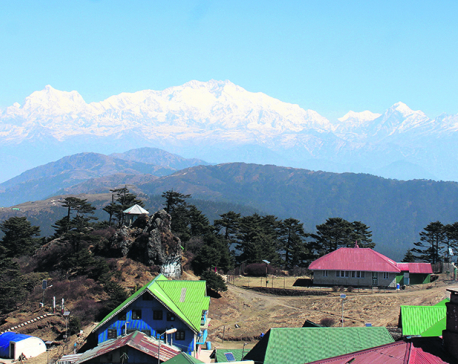
Most roads leading to tourist destinations in need of immediate repair
ILAM, Sept 25: The much-hyped Visit Nepal 2020 is just three months away but most of the roads leading to major... Read More...
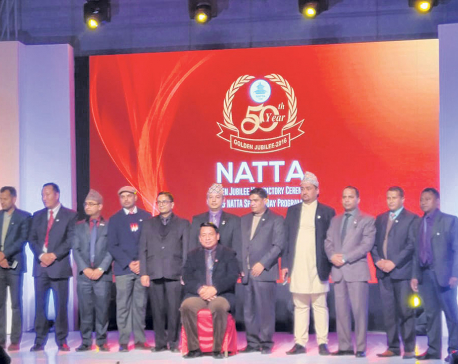
Mayors of three tourism destinations unveil plan for tourism development
KATHMANDU, Dec 14: Mayors of three major tourist destinations of the country have unveiled their plans and strategies for development promotion... Read More...
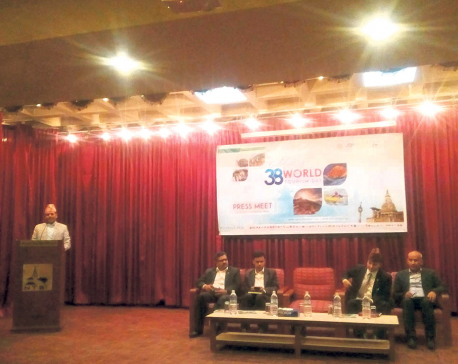
Tourism fraternity celebrating World Tourism Day today
KATHMANDU, Sept 25: The Nepali tourism fraternity is celebrating 38th World Tourism Day by organizing various programs across the country on... Read More...



Just In
- World Malaria Day: Foreign returnees more susceptible to the vector-borne disease
- MoEST seeks EC’s help in identifying teachers linked to political parties
- 70 community and national forests affected by fire in Parbat till Wednesday
- NEPSE loses 3.24 points, while daily turnover inclines to Rs 2.36 billion
- Pak Embassy awards scholarships to 180 Nepali students
- President Paudel approves mobilization of army personnel for by-elections security
- Bhajang and Ilam by-elections: 69 polling stations classified as ‘highly sensitive’
- Karnali CM Kandel secures vote of confidence



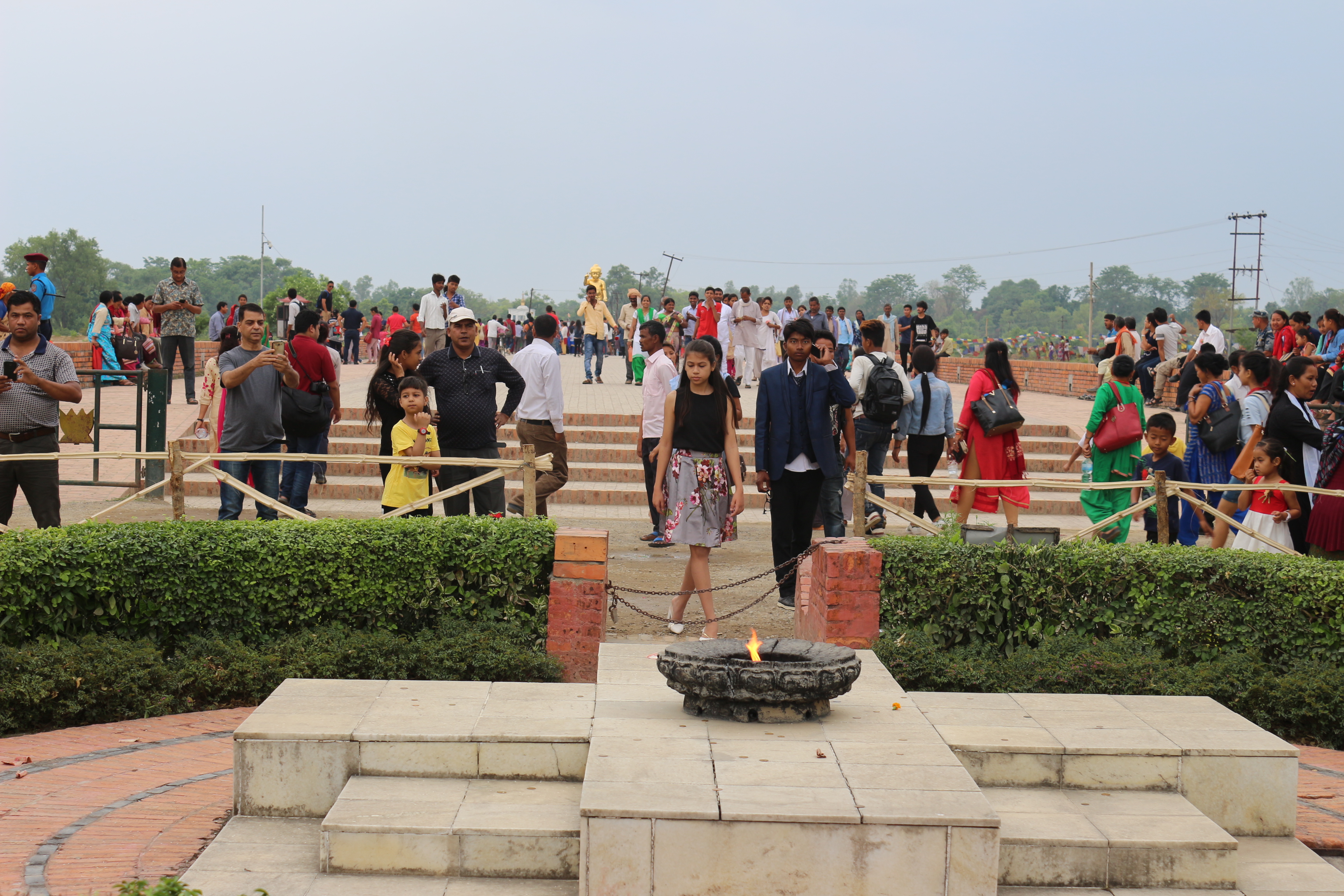














Leave A Comment